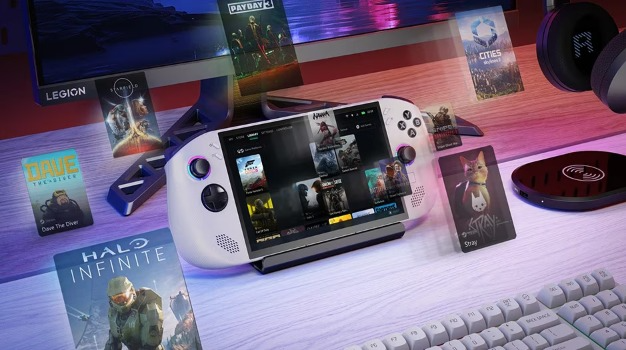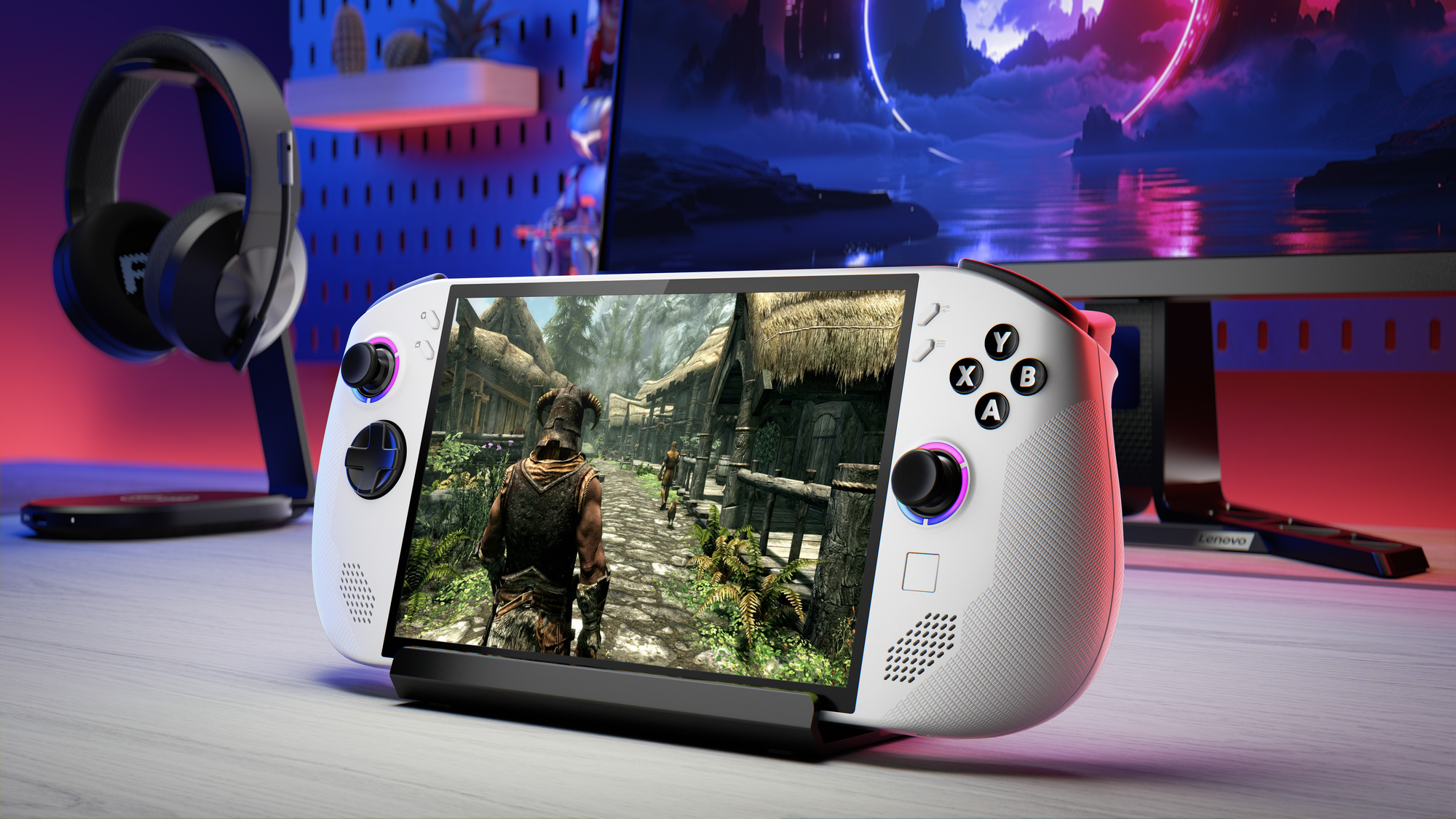The Lenovo Legion Go S is the true Steam Deck alternative we've all been waiting for - but should you buy it or wait for a better handheld?
It looks like it's finally time for my handheld upgrade...

After owning the Asus ROG Ally for more than a year now, I've kept an eye on the Lenovo Legion Go. While you might be thinking that this upgrade path is nonsensical, since both devices use the same Z1 Extreme processor, it's the 8.8 inch 1600p 144Hz display on the Legion Go that's had me fixated on a purchase for a long while.
Considering my use of the Steam Deck initially, I've hoped Valve would throw in a surprise reveal of a new and improved handheld this week at CES 2025. There were suggestions that Valve would be using one of AMD's Z2 chips on a Steam Deck successor, but that has now been debunked - it's been confirmed that there isn't and won't be any Steam Deck using the new APUs.
Acknowledging this and Lenovo's presence at CES this year, I decided to hold out the urge and wait for a Legion Go successor, and it seems like this was the right call. Well, sort of. That's because the Legion Go 2 was indeed announced, but we also got the more lightweight Legion Go S - and the former is still just a prototype with an unspecified release date.
The Legion Go 2's biggest upgrades will include its use of the new Z2 Extreme chip from AMD, boasting 16 RDNA 3.5 GPU cores for better performance in games, a 74Wh battery, along with a new 8.8-inch OLED VRR display. With the Legion Go S, there will be multiple models available (giving users the choice between Windows 11 and SteamOS) using the Z2 Go or Z1 Extreme, also using 32GB of RAM, and an 8-inch LCD 1200p VRR display instead.
There's no denying that the Z2 Extreme will outperform the Z2 Go and Z1 Extreme, but will the performance gains be worth it at a price potentially over $900? Honestly, absolutely not - you're better off building a full-fledged desktop gaming PC at that point.

The Legion Go S Z1 Extreme feels like a mid-generation upgrade that's absolutely worth paying attention to
With Valve's Steam Deck out of the picture in the foreseeable future, Lenovo's Legion Go S can simultaneously be viewed as the best Steam Deck alternative with the Z2 Go SteamOS model (launching in May this year) starting at $449. The Z2 Go model with Windows 11 installed is priced at $729 / £649 / AU$1,170 launching later this month, and also as a mid-generation upgrade to the original Legion Go, the Z1 Extreme model will launch later year (pricing isn't confirmed as of now).
If you're like me coming from the ROG Ally Z1 Extreme, the Legion Go S (Z1 Extreme) is a great upgrade - you're getting a bigger screen, 32GB of RAM, and a better battery. It feels very similar to Asus' ROG Ally X mid-generation upgrade, and while the 120Hz 1200p display might seem like a downgrade from the original Legion Go's 1600p, it's actually not that much of an issue, as the Z1 Extreme should be able to handle 1200p much better.
Get daily insight, inspiration and deals in your inbox
Sign up for breaking news, reviews, opinion, top tech deals, and more.
Of course, I could wait longer for the Legion Go 2, but there's no word on how long that wait will be - it's been downgraded to a 1920x1200 screen just like the Go S, but the display is OLED rather than LCD this time around and Lenovo has made it clear that this is currently just a prototype. This means we could be seeing some changes when it's time for launch, and if it were to stick with the original 2560x1600, it might not spell good news for performance (even with a Z2 Extreme chip) due to the higher demands of the resolution.
If you're adamant about taking a step into handheld gaming or you're looking for a Steam Deck upgrade, I would recommend the Legion Go S based on its specifications - but naturally, we’ll have to wait until we can properly benchmark it to get the full picture.
You may also like...

Isaiah is a Staff Writer for the Computing channel at TechRadar. He's spent over two years writing about all things tech, specifically games on PC, consoles, and handhelds. He started off at GameRant in 2022 after graduating from Birmingham City University in the same year, before writing at PC Guide which included work on deals articles, reviews, and news on PC products such as GPUs, CPUs, monitors, and more. He spends most of his time finding out about the exciting new features of upcoming GPUs, and is passionate about new game releases on PC, hoping that the ports aren't a complete mess.
You must confirm your public display name before commenting
Please logout and then login again, you will then be prompted to enter your display name.